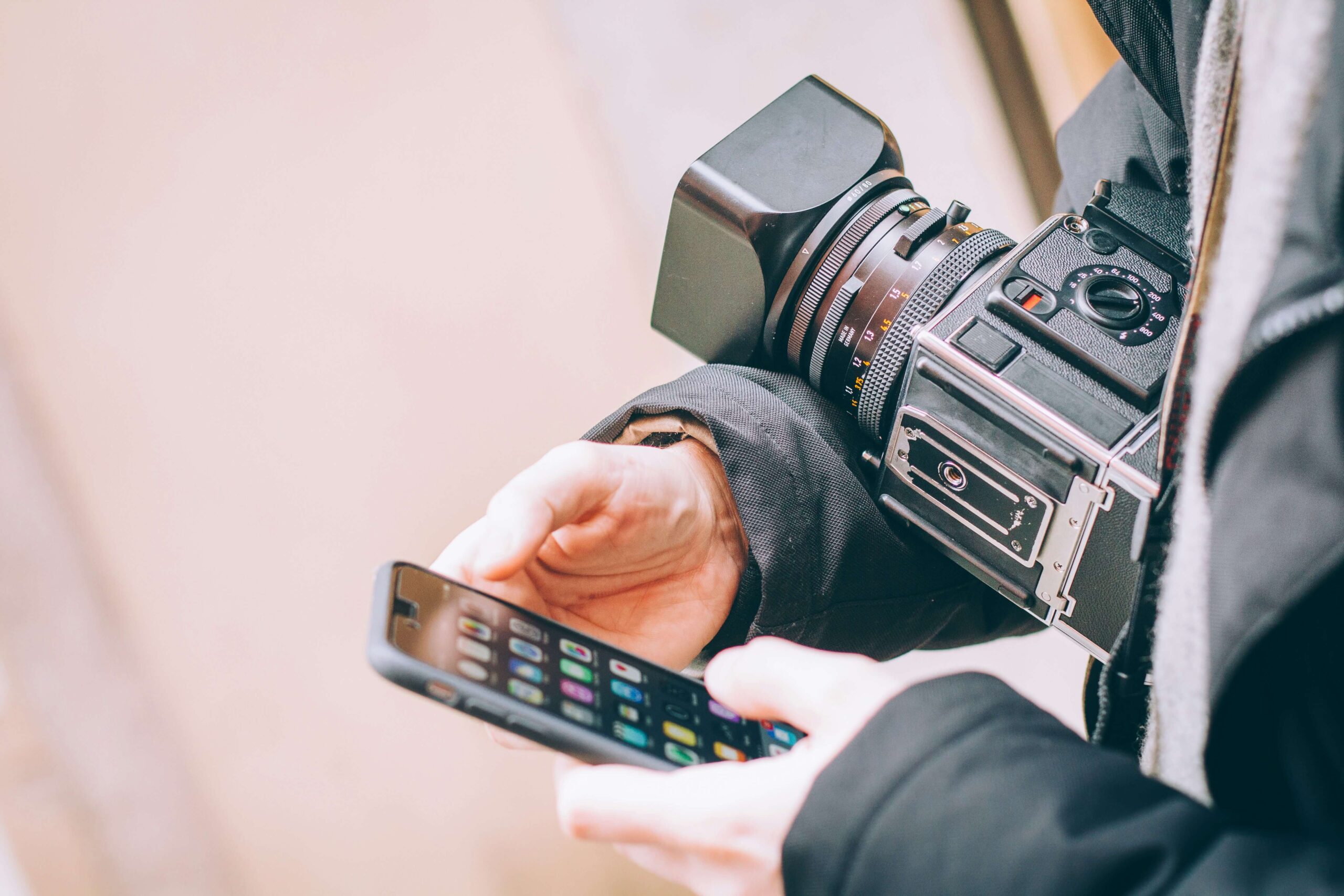A Guide to Improving Long Form Content with Visuals in 2024

If your business’ value isn’t easily captured through short social posts, you’re in luck!
A few years back I used this space to discuss Graphic Design Trends for Long Form Content, which was followed by insights into how to use visual images to support copy. Fast forward to 2024. How do we best leverage visual elements to enhance our narrative? What types of information are best suited to visualization?
Here are some ways visuals boost long form content:
Visual elements break up copy and help organize information. Long form content can contain a thousand words or more—depending on type size and spacing, that’s at least two full pages of words. Visuals can provide the reader with the pause they need to digest what they’ve read. More importantly, well-organized data, presented visually, allows the eye to better pick up on trends and patterns that wouldn’t otherwise be readily apparent.
Visuals make complicated concepts easier to understand. Some things are just difficult to put into words. While there are the classic examples of trying to describe a particular color or explain the difference between “left” and “right,” often in the corporate world we are asked to illustrate abstract economic concepts, demonstrate particular business processes, or express data over time. A well-crafted infographic is often the superior choice for presenting that information.

Aisch, G., & Buchanan, L. (2016). A visual history of which countries have dominated the Summer Olympics [Infographic]. The New York Times.
Visuals provide added emotional impact. Studies show that there are separate neural networks for processing visual and verbal information, and that viewers can process visual stimuli in the literal blink of an eye. A recent MIT experiment found that people could identify an image in as quickly as 13 milliseconds. Unlike with words, the recognition of visual stimuli occurs by comparing what’s being viewed with information already cataloged in the brain, which speeds processing. And, it’s not just the visual cortex that’s activated. The amygdala, the part of the brain responsible for emotional processing, is also triggered.
While each reader is unique, numerous scholarly papers have concluded that there is a strong link between visual learning and information retention. One study found that after three days, participants retained no more than 20 percent of written information but almost 65 percent of visual information. Consider how much more effective a PowerPoint or other presentation is when punctuated by meaningful and supporting graphics instead of page after page of running copy.
Visuals increase engagement in a world with tremendous competition for the reader’s attention. Research has concluded that visuals can actually increase our desire to read by as much as 80%. Real-world examples of these visual gateways, like Instagram and TikTok, are all around. Visuals add to the perceived authenticity of a statement. Studies have shown that even the simple inclusion of a photo, related to the copy, even when the image does not provide any additional relevant information, can nudge the viewer into believing that the associated copy is true, whether it is or not. So, imagine how visuals can reinforce your honest messaging and help prove your point.
As you can see, visuals are almost always additive in effectively communicating your message. Just remember that any visual elements you include should be compelling and complementary. Think of them as superchargers for your written content!
Reach Out
Be Social
Content Marketing
Next In AI
Use AI to Inspire Your Writing: 7 Tips to Spark Creativity
Explore 7 tips to fuel your writing with AI, from sparking creativity to enhancing your style with Eve Connell's expert...





